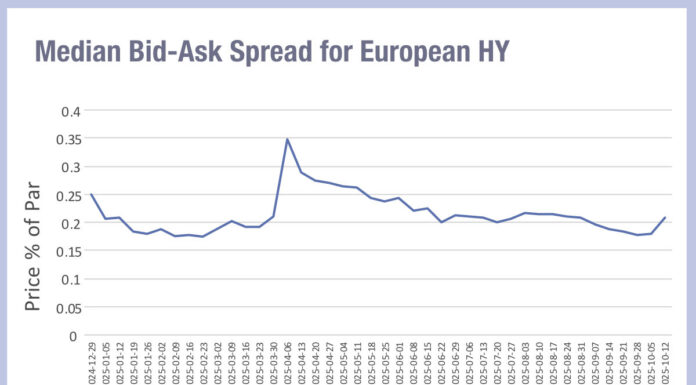 Retail investment in equity markets has had two major effects on market conditions; one is an increasing engagement in direct trading into the market, the other is the development of aggregators who make enough money trading against flows to provide free access to retail investors in order to gather their trading data. It has also allowed investors to control their investments specifically to match their needs.
Retail investment in equity markets has had two major effects on market conditions; one is an increasing engagement in direct trading into the market, the other is the development of aggregators who make enough money trading against flows to provide free access to retail investors in order to gather their trading data. It has also allowed investors to control their investments specifically to match their needs.
Access to fixed income would provide the same benefit to investors, but trading would be quite different. Firstly, if investors increase their level of direct trading into the market, that could provide more two-way liquidity demand, creating a higher level of turnover. Absent an investment mandate, retail buyers are more able to cash out when they need.
The cost of investing in fixed income ought to drop for retail buyers, however there are caveats to this.
A retail trader would not have pre-trade transparency over the bonds they wished to purchase, because continuous pricing does not exist, assuming they do not trade on stale prices.
A retail broker would realistically only be able to quote if they had access to trading exchange traded funds (ETFs), and they offered trading in indexed bonds.
That makes it more viable for an aggregator to exist as they do in equity markets. Yet there would still be challenges. Institutional orders are traded in sizes that are prohibitive for retail traders. An aggregator would need to see a critical mass of volume to make the incremental retail trades add up to institutional sized orders, and bonds simply do not tend to attract liquidity in a continuous manner as the capital gains on them tend to be too limited to justify buying and selling frequently.
Although ETFs offer a path to increasing liquidity and pricing, they themselves are frequently a retail instrument making which may see liquidity move from one path to another, rather than developing additive liquidity.
Small trades, made at the wrong time, may face a prohibitive cost to execute. Pricing tapes might be skewed by orders away from the mid. The pricing of trading would depend on the value that electronic market makers get around retail order flow, its signalling, and its reliability.
That all said, if market makers were able to harness the ETF market to provide retail flow effectively, not only would their operations potentially become smoother, and more electronic, but investors would start to understand debt markets far more than they do today.
©Markets Media Europe 2024
©Markets Media Europe 2025















